SEC S20W1: Impact of Climate Change on Agriculture"
Hi, Steemians
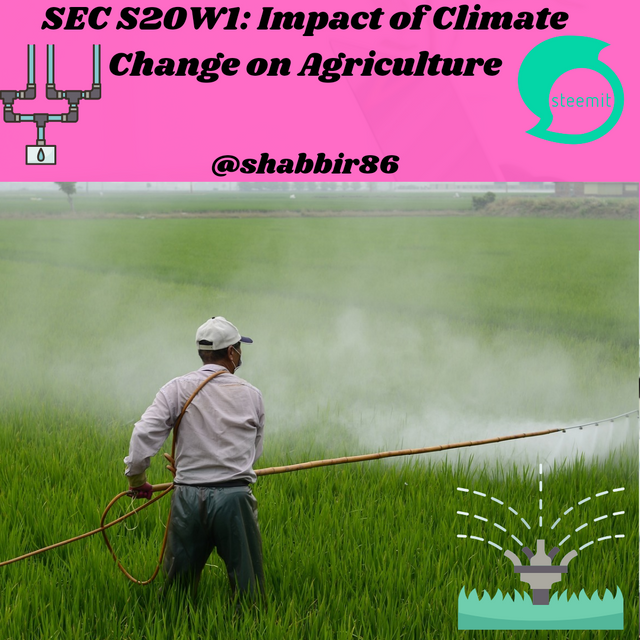
editing canva
Describe in detail how agricultural productivity is affected by climate change.
Climate change is having a profound impact on Agricultural production worldwide. Rising the temperatures Changing Rainfall Patterns and unpredictable weather Conditions are creating Challenges For Agriculture.
- Increase in temperature
Increase in temperature affects the growth and development of crops. High temperature is not only shortens The growing time of crops But also reduces their yield. Heat intensity has a direct impact, on crops, such as wheat rice and corn in particular.
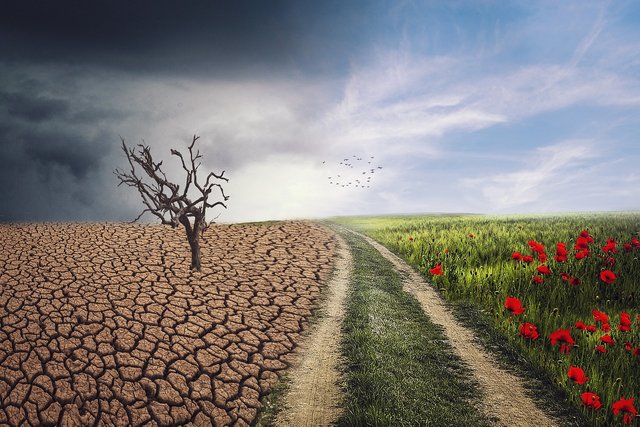
- Change in rainfall pattern
Rainfall patterns have become unpredictable, due to Climate change. In some places there is a lack of rain and in some places more rain damages the crops. Areas with low rainfall are prone to drought which,the reduces crops production, while areas with high rainfall are prone to flood and water, logging, preventing the soil from becoming fertile.
- Droughts and floods
As a result of climate change, problems such as Droughts and floods have increased. Due to drought Crops experience water scarcity which affects their yield. On the other hand, floods ruin fields and destroy crops.
- Spread of pests and diseases
Prevalence of pests and crop diseases is increasing due to increase in Temperature, and high humidity. In hot Weather, these pests and diseases Spread more rapidly and damage the crops.
- Decrease in water availability
As a result of Climate the change Water availability is decreasing. Canal systems and underground water reserves are depleting due to which Farmers are Facing Water scarcity. Water scarcity Affects irrigation, systems and reduces crop production.
Climate change is a Major Challenge for the agricultural sector. Addressing these challenges requires improved Agricultural are practices efficient use of Water and cultivation of new crop varieties Adapted to Climate conditions to Make agriculture of sustainable:
Discuss how extreme rains and extreme droughts damage crops.
Both heavy rains and severe droughts cause extensive damage to agricultural production. Sufficient water and moderate climate are essential for crop Growth. However when the weather becomes extreme, it Adversely affects crops.
Disadvantages of Heavy Rains:
Heavy rains waterlog the land, causing the drainage system to fail. Water stagnates in the soil and damages the roots because they cannot get oxygen. In addition Rains can cause soil erosion reducing soil fertility. If water is left standing in the fields for too long, the crops start to rot, and as a Result the yield decreases.
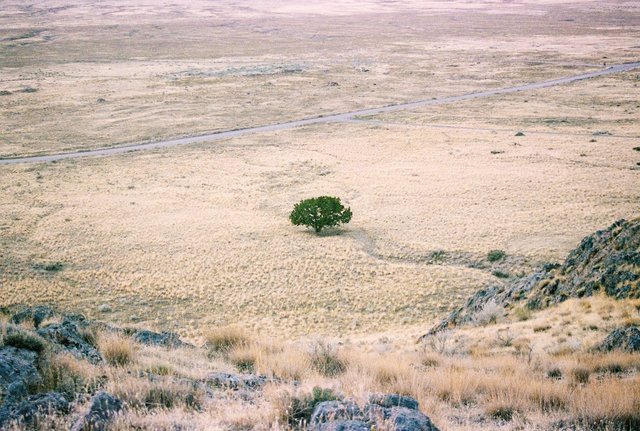
Disadvantages of severe drought:
On the other hand, during droughts there is a severe shortage of Water which is essential for crop growth. Plants cannot make their own food properly due to lack of Water Which stunts their Growth. In drought conditions, soil moisture is depleted, causing plants to wither and yield to zero.
Discuss in stages how new pests and diseases are emerging as a result of climate change AND what measures farmers can take to prevent them.
Climate change is Having a profound impact on Agricultural lands around the world. Rising Temperatures Changing Rainfall patterns and Unpredictable changes in humidity levels are introducing new pests and diseases that are damaging crops.
Effect of temperature rise
An increase in temperature promotes the growth of new insects. Some insects that could not survive in colder regions are now migrating to Warmer Regions and attacking crops there.
Changes in rainfall patterns
Uncertain changes in rainfall patterns affect agricultural production. Excess moisture or drought weakens Crops Making them vulnerable to disease and pest attacks.
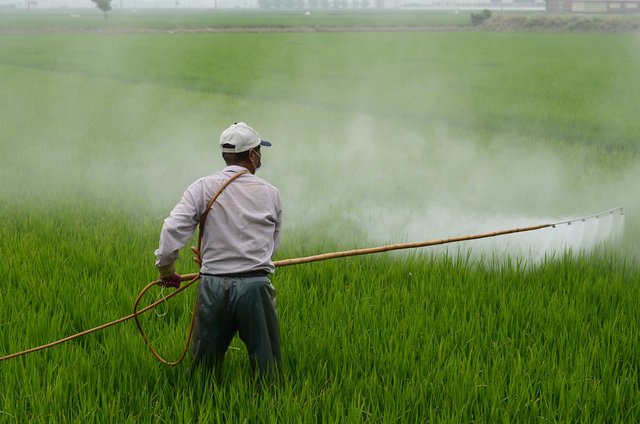
Emergence of new diseases
Climate change promotes Not only Pests but also diseases. Crop diseases such as fungi and Viruses are more Prevalent in the presence of high Temperatures and humidity.
Precautions for farmers
Farmers have to Adopt new Strategies to meet the Challenges of climate change so that they can save their crops.
- Cultivation of diversified crops
Farmers grow a variety of crops to avoid total loss if a single crop is attacked by pests and diseases.
- Use of natural pesticides
Instead of using pesticides, use natural methods like neem oil or other herbal medicines to avoid damaging the environment and eliminate pests.
- Selection of disease resistant seeds
Farmers should select disease-resistant seeds so that their crops can better withstand diseases.
- Adequate water management
Make proper Arrangements for Water supply and drainage so that crops are not Damaged by excess moisture or lack of water.
- Guidance from agronomists
Growers should be in constant touch with agronomists to get Timely information About new diseases and pests and take Appropriate measures.
The result
It is not possible to ignore the impact of climate change, but farmers can save their crops by taking appropriate measures. With planning, modern research and proper use of resources, crops can be protected from pests and diseases.
Discuss what changes in irrigation systems are required due to climate change.
Climate change has presented new challenges to Agriculture and changes in irrigation systems have become necessary in order to use water resources more efficiently. The following points are important in these changes:
- Use of drip irrigation
The need for drip irrigation has increased due to climate change erratic Rainfall and increased risks of drought. This system provides better results in Water scarce areas and prevents wastage of water.
- Management of water storage
Instead of building large dams and ponds, building small and localized reservoirs is proving to be more effective. It can not only store rain water but also improve the ground water level.
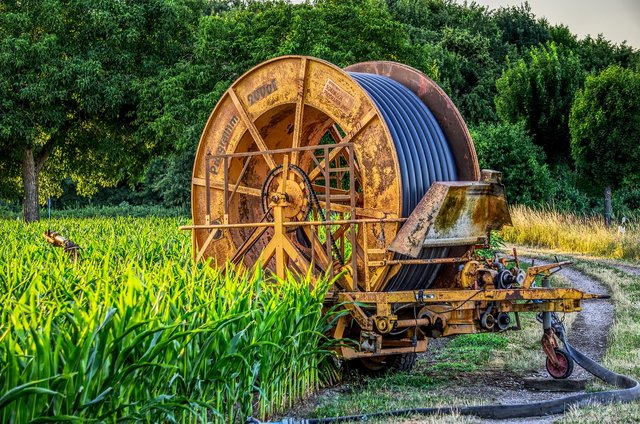
- Better use of weather forecasts
With modern technology, accurate weather forecasting can be used to determine the timing of crop irrigation. This system protects farmers from unpredictable rains and drought.
- Water reuse strategy
It has become necessary to promote wastewater treatment and reuse so that agriculture can continue even in water-scarce areas.
- Safe use of ground water
Strict laws and policies should be implemented to reduce unnecessary use of ground water. Also, special plans should be made for groundwater restoration so that this water is available in the future.
These changes are critical to sustaining the agricultural sector in the face of climate change and to use water resources sustainably.
Explain the two best ways to respond to climate change.
- Plantation of trees and conservation of natural resources
One of the most effective and simple, ways to reduce the effects of climate Change, is to plant more Trees. Trees naturally play an important role in our life and keeping the environment clean as they absorb Carbon Dioxide And provide Oxygen. Climate change problems are arising due to indiscriminate cutting of forests around the World, Planting trees not only lowers the surface, Temperature, of the earth but also Helps improve air quality.
A tree can absorb hundreds of kilograms of carbon dioxide and also Helps prevent soil erosion. By conserving forests and increasing the number of trees we can improve the Environment. Along with this conservation of Water bodies and land is also possible. If every person adopts the habit of planting at least one tree a year we can reduce the harmful effects of climate change.
- Use of renewable energy and less use of fossil fuels
The use of Fossil Fuels such as coal oil And gas Releases large Amounts of Greenhouse gases into the Atmosphere which are among the major causes of climate change. Due to these gases the Temperature of the earth increases and Global Warming increases. To combat climate change we need to reduce the use of fossil fuels and promote Eenewable Energy sources such as solar energy wind energy and hydroelectricity.
Renewable energy is not only Good for the Environment but also these Resources are never seen exhausted. Solar energy, is derived from sunlight Which is available, every day in any part of the world. Similarly no harmful gases are Emitted, in the process of Generating Electricity, from wind energy and Water.

Using renewable energy, not only reduces the production of Greenhouse Gases, but also provides a sustainable and cheap source of Energy These resources preserve Earth is natural systems and clean and improve the Environment.
If we follow these two practices i.e. plant trees and use renewable energy instead of fossil fuels we can greatly reduce the effects of Climate, change and create a better and cleaner Environment for future generations. can provide
i would like to invite @wilmer1988 @wyleska @josepha @patjewell to take part in this contest
Welcome to the agro-learning challenge season 20.
Observations and suggestions:
. Your explaination on climate change impacts on agricultural productivity was nicely done. Shows good understanding on this task
. You have also nicely explained extreme rains and droughts impacts on agricultural productivity.
. You understood the required details and expressed yourself very nicely in all tasks.
Thank you for your participation.
We hope to see you in week 2.😊
0.00 SBD,
0.06 STEEM,
0.06 SP,
0.00 TRX
@xkool24 Thankyou so much for your rivew
X Permotion Twitter
https://twitter.com/shabbir_saghar/status/1834812422210687309?t=e6LnM28uo43zcLCcD2eqLw&s=19
Congratulations! Your post has been upvoted through steemcurator06.

Good post here should be . . .
Curated by : @𝗁𝖾𝗋𝗂𝖺𝖽𝗂
@heriadi Thanks for your support
Your post has been rewarded by the Seven Team.
Support partner witnesses
We are the hope!